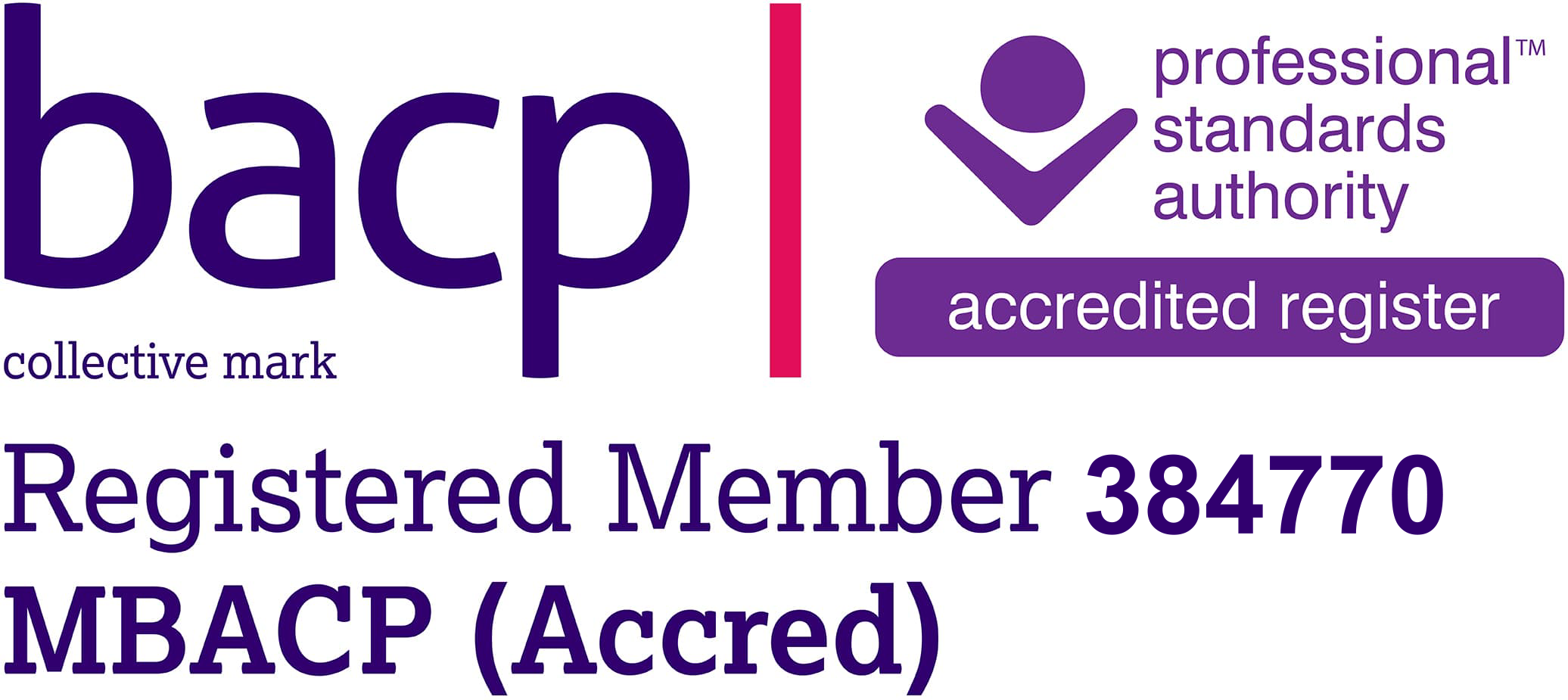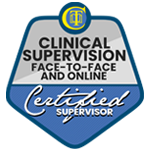What you might want to know about panic attacks part 2; why do this?
What the hell is happening to me?
Panic attacks can be expected, which come with a specific fear or trigger, or unexpected, with seemingly no rhyme or reason. It’s really common for a panic attack to be brought on by the prospect of having a panic attack. Panic attacks can incorporate various bodily responses to threats; fight, flight, freeze or fawn. People often find themselves flitting between a flight and a freeze response; high heartrate, quick breathing rate, shaking, sweating, with eyes darting around and at the same time, unable to speak, with tense muscles, and a shallow breathing rate. Crying may be part of the panic attack, or may come later. Symptoms of a panic attack are:
- Palpitations, pounding heart, or accelerated heart rate
- Sweating
- Trembling or shaking
- Sensations of shortness of breath or smothering
- A feeling of choking
- Chest pain or discomfort
- Nausea or abdominal distress
- Feeling dizzy, unsteady, lightheaded, or faint
- Feelings of unreality (derealization) or being detached from oneself (depersonalization)
- Fear of losing control or going crazy
- Fear of dying
- Numbness or tingling sensations (paresthesias)
- Chills or hot flushes
- Source
Threat of embarrassment or humiliation
It’s not unusual for people to have a sense of dread, as if they’re in mortal danger; which explains why the anxiety about having a panic attack can bring one on. It’s also not unusual for people to wet or mess themselves; this is a well understood aspect of the flight response. Running away from a predator in the jungle millions of years ago? Making yourself as light as possible and leaving a river of poo in your wake gives you the best shot at getting away. At their heart, our survival responses are tools we’ve been using since long, long ago in our evolutionary history.
Hyper, or hypo
When we experience a panic attack, our brain is making the decision for us, to go into survival mode; you can read more about this in another blog (your brain loves you). We can do something active to survive the threat, like fight, or flight. Alternatively, we can do something passive to survive the threat, like freeze to reserve energy and remain still and quiet so we won’t be seen, or fawn/submit/dissociate and ensure our inevitable death is at least pain free.
When we’re in a state of active response like fight or flight, we say that we’re hyper aroused. This response is activated by the sympathetic branch of our autonomonic nervous system. When we’re in a state of passive response like freeze or fawn, we say that we’re hypo aroused. This response is activated by the parasympathetic (the “rest and digest”) branch of our autonomic nervous system.
Why and how it works
Bottom up and top down
Top down
When you tell someone they’re safe, that information is processed in the neocortex; the top most section of the brain. For survival purposes (so that we can’t make a dumb decision or spend ages thinking when it’s a life or death situation), this area of the brain receives less blood and oxygen during a panic attack, so telling someone they’re safe when literally every fibre of their body is saying the opposite, isn’t going to cut the mustard. Also, using phrases like “it’s ok”, “you’re safe with me” or I’m not going to hurt you”, could actually be triggering for them.
Bottom up
Feeling safe, on the other hand, happens much lower down in the brain; in the limbic system, diencephalon and brain stem, which are always online. This is where our primal, unconscious and overriding sense of safe or unsafe lives, and can shout louder than our higher order brain systems. Top down and bottom up regulation is about integrating the whole brain; from the bottom to the top, and from the left to the right.
Why Self talk?
When we talk to ourselves, the same brain circuits are active as if we hear someone talking to us. Our inner dialogue can have a positive or negative effect on our emotional state; ever noticed how a vocal inner critic can cause our mood to take a nose dive? Offering something compassionate and re-assuring can have the opposite effect. When we “name it to tame it”, we bring words to our experience and from this an understanding of what’s going on for us; we can also remind ourselves that “feelings are not facts”.
Why alter my body position?
This study showed that people who adopted a certain body posture were more likely to recall memories and emotions from experiences in which that body posture had been operational; essentially that the position our body is in can match up with how we feel in the present and can cause us to remember a time when we previously felt like that. This is especially true with Yoga; some yoga positions can be exposing, and if we’ve had bad experiences before whilst our body has been in that exposed position, it may cause us to feel uncomfortable, unsafe, or bring on a flashback. It’s a similar situation with sex; if we’ve experienced a sexual assault, the body position we were in when we were assaulted will be linked unconsciously to that memory, which will be recalled the next time our body is in that position.
Given our body state can speed up or slow down our thoughts, and vice versa, altering our body position can help to break that feedback loop which is part and parcel of a panic attack. If our body isn’t in a position to respond to a threat, then our brain is able to be re-assured that there’s no reason to panic. Straightening our spine can help to do just this.
Why breathe deeply?
Breathing is one of the few bodily functions which can be either conscious or unconscious, and is controlled by our autonomic nervous system. Breathing out for longer than we breathe in activates the parasympathetic branch of our nervous system, and deactivates the sympathetic branch. This helps us to move from a state of fight or flight to rest and digest. Breathing slower will also slow down our heart rate, and ensure that plenty of blood and oxygen gets to our brain.
Why ground myself?
Grounding helps us to regulate our brain from the bottom up. Essentially, when we’re infants and we’re totally emotion led due to a developed “downstairs brain” (emotions, motor movement, automatic bodily functions) and an underdeveloped “upstairs brain” (rational, logic, speech, planning), we are (or should be) grounded by our caregivers. We might be rocked, rubbed, shushed, soothed by the tone of our caregiver’s voice, or cuddled. This is a primal route to regulation. When we have a panic attack, we’re in much the same state; the lower order brain systems (brain stem and limbic system) need to be regulated before the higher order systems can be. This is where grounding and breathing comes in.
Why stretch my muscles?
When we focus on an internal sensation and count backwards, we’re using mindfulness and counting. Both of these actions use our pre-frontal cortex (PFC) the area of our brain which goes offline when we are threatened. For this to happen, blood and oxygen has to be re-directed to the PFC to bring it back online. We can’t be overwhelmed by anxiety at the same time as noticing the tension in our muscles, and furthermore, the difference between that tension and relaxation. Once our PFC is more online, we are able to use other top down regulation techniques.
Why orient?
When we orient around us, we’re gathering information on the here and now. We’re using our PFC; known to be logical and rational, to calm our alarm systems in the right, unconscious side of our brain. Furthermore, we’re integrating the two sides to work together. By naming 5 objects we can see, 4 sounds we can hear, 3 things we can touch, 2 things we can smell and one thing we can taste, we’re using declarative memory, too, which is also process higher up in our left hemisphere.
This blog is intended for information and educational purposes only and is not intended to replace professional mental health support including diagnosis and treatment. This blog remains the property of the site author, and any un-authorized copy or publishing is prohibited.
Sources: Van der Kolk, B. The body keeps the score,
Rothschild, B. The body remembers
Odgen, P. Sensoriomotor Psychotherapy.
Verywellmind.com
Pubmed



